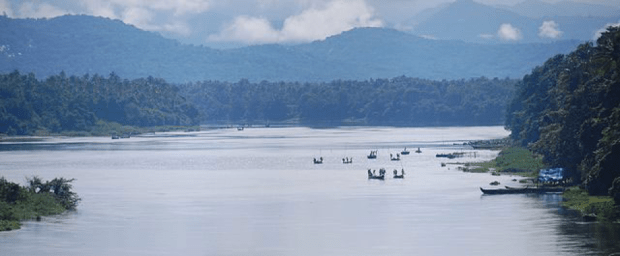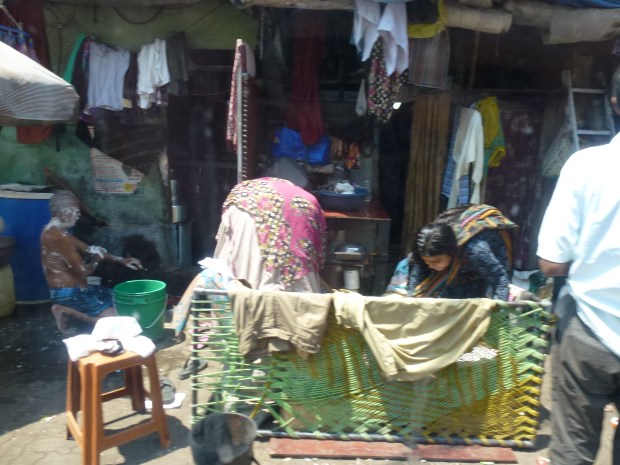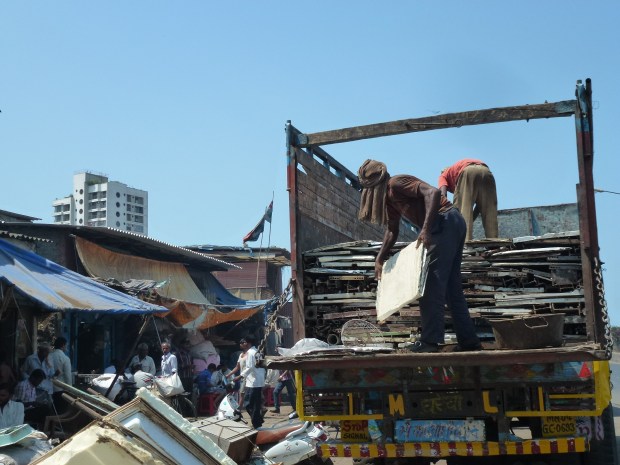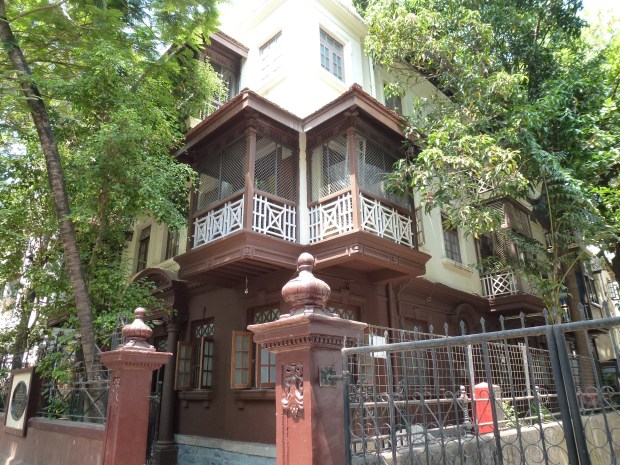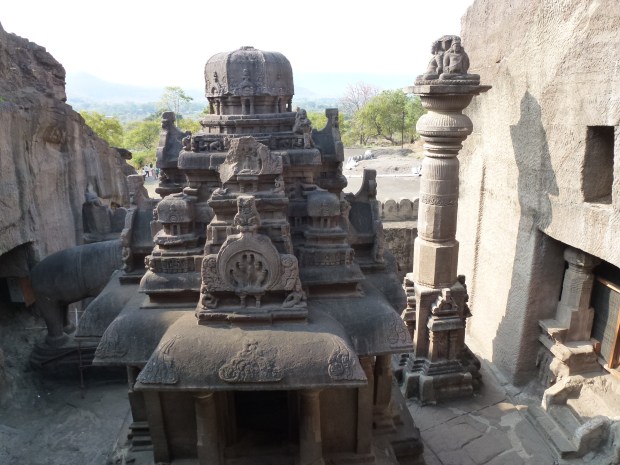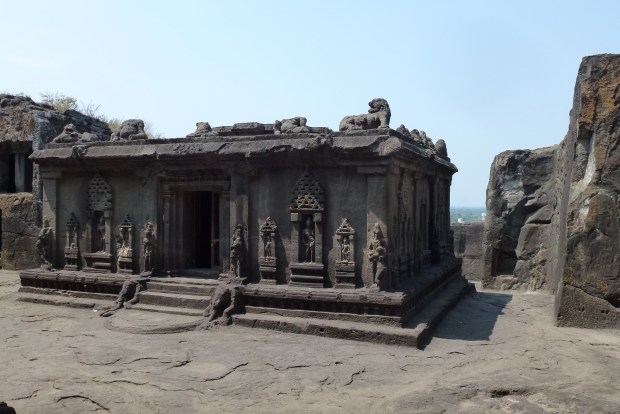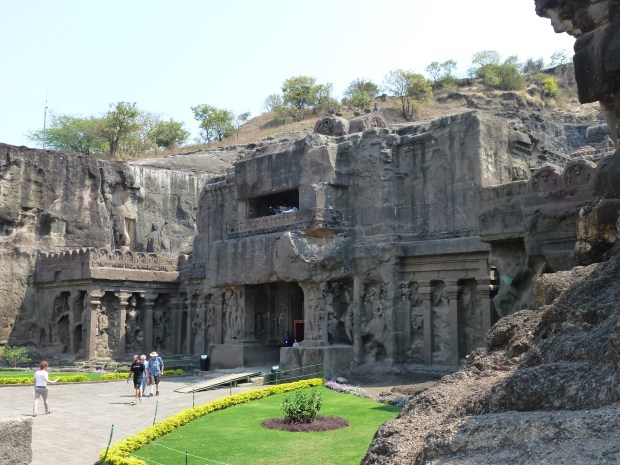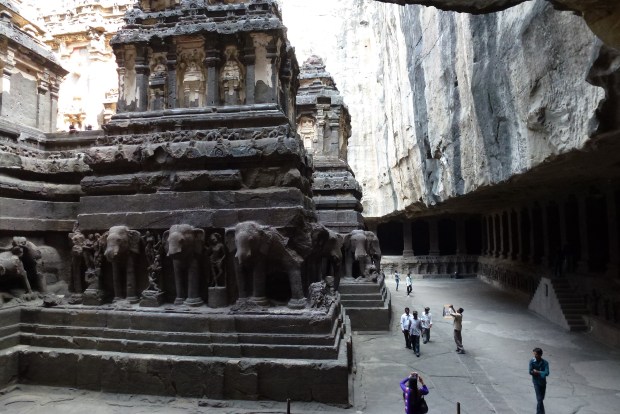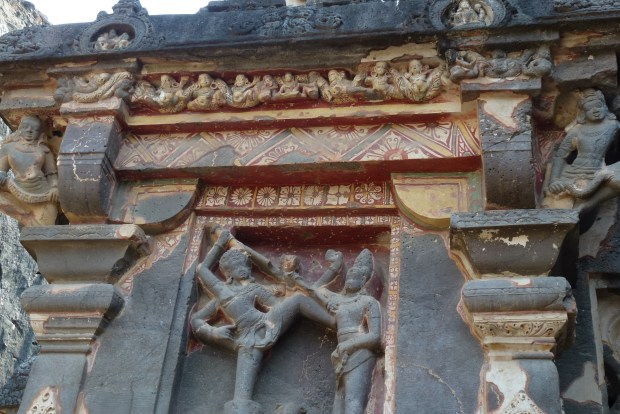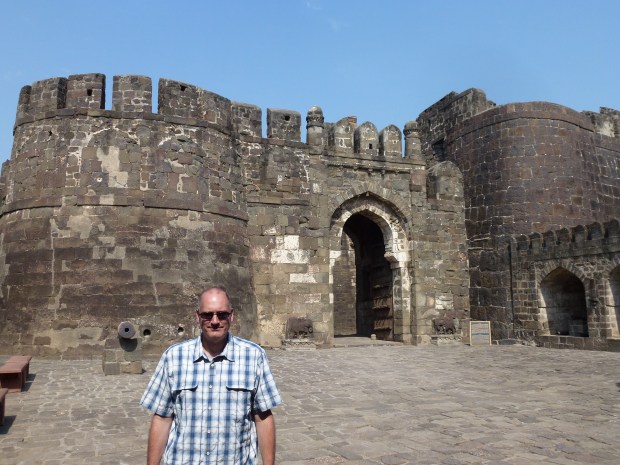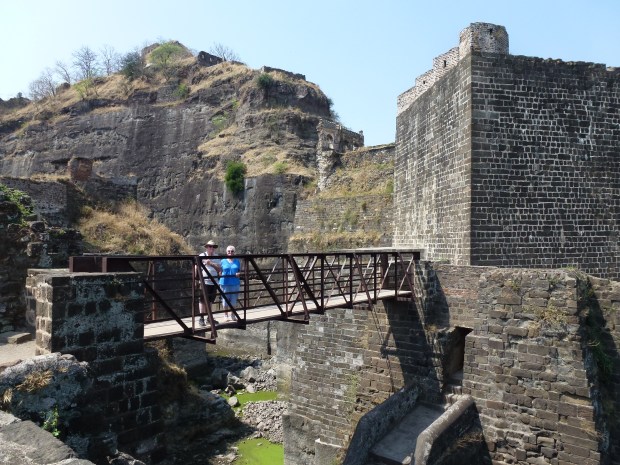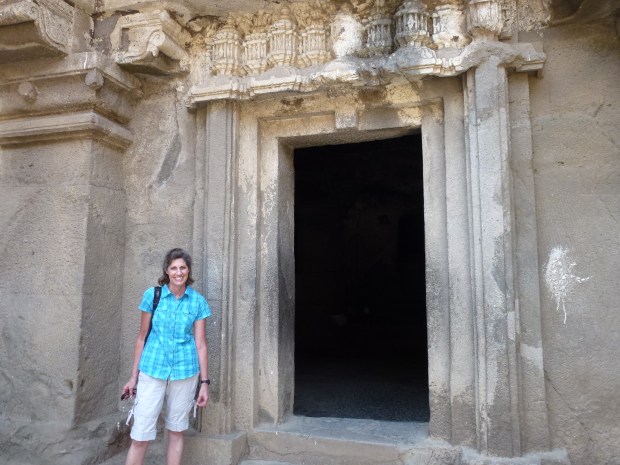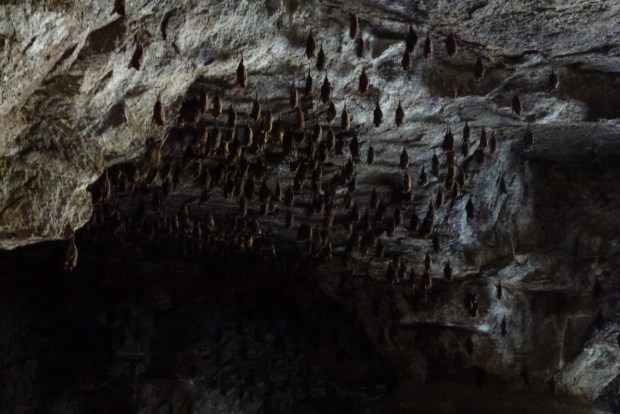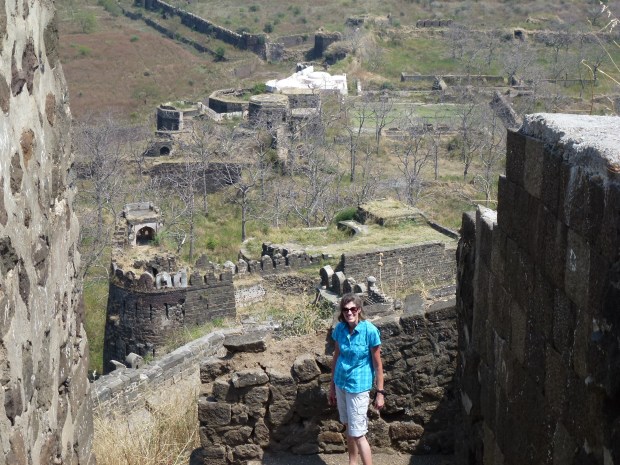In this article our guest writer, Rohit Agarwal, explores 10 great biking adventures in India. See his bio below.
For the biking enthusiasts among us, India can prove to be a wonderful destination to take amazing trips because of the differing levels of challenging terrains across the country and the breath-taking view of the landscapes it has to offer. Here are ten of the best trails within the country that are sure to provide you with a delightful experience.
1. Iruppu To Ooty

Photo by Zigg-E, CC BY-ND 2.0
- Distance Covered: 4 h 35 min (157.0 km)
- Places of Stay: Hotel Lakeview in Ooty & Tropical Blooms in Iruppu.
- Bike Rentals: From Royal Brothers Bike Rental in Coorg (1 hour away from Iruppu). One way rental not available.
A trail that takes about 4 to 5 days to complete, the places the trip of Ooty covers are absolutely stunning. The glorious sound of the mountain streams and lush greenery of the Nilgiri Hills will make you gaze in wonder at the beauty of Mother Nature.
2. Bomdila To Tawang

Photo by Bobinson K B, CC BY-SA 2.0
- Distance Covered: 5 h 48 min (170.2 km).
- Places of Stay: Hotel Tashi Ga Tsel in Tawang & Hotel Seagull in Bomdila.
- Bike Rentals: Rent a bike from Guwahati via Rentrip, Awerides or The Highland Outback Riders etc. One way rental not available.
With the snow-clad mountains peeking in at almost every point of this trip to Bomdila, this is a trail that offers a moderate difficulty level and unlimited views of Nature’s exquisiteness. The rice plantations and gorgeous forests the trail takes you through are truly sights to behold.
3. Shimla To Manali
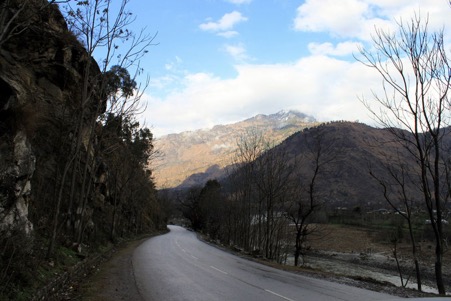
Photo by _paVan_, CC BY 2.0
- Distance Covered: 7 h 4 min (247.5 km).
- Places of Stay: Hotel Sidharath in Shimla and Hotel Greenfields in Manali.
- Bike Rentals: Rentrip offers one way rental services in this route.
The trails of Himanchal Pradesh are absolutely stunning and the Spiti Valley offers many challenges to get the blood pumping in your veins as you travel to Manali through the charming valley as the rich vegetation surrounds you with its splendour.
4. Salem To Kolli Hills

Photo by Sodabottle, CC BY-SA 3.0
- Distance Covered: 1 h 13 min (61.8 km).
- Places of Stay: Nallathambi Resort in Kolli Hills and Hotel Ashwa Park in Salem.
- Bike Rentals: Self Drive in Salem, A 1 Tour & Travels and many other options available. One way rental would require extra charge.
Not only are the impressive Kolli Hills known for the amazing view of the extravagant landscapes but also for the 70-hairpin bends that offer a real challenge to all those biking junkies with prior moderate experience.
5. Mumbai To Daman

Photo by Jugni, CC BY-SA 3.0
- Distance Covered: 2 h 54 min (176.9 km).
- Places of Stay: Silver Sands Beach Resort in Daman & Hotel Transit in Mumbai.
- Bike Rentals: Ziphop, GetSetWheel and many more. One way rental would cost more.
This is a calm and quiet trail filled with beautiful forts, fun casinos and striking beaches. It takes about 2 to 3 days to complete the journey to Daman and is an ideal choice for those looking for a modest trip to appreciate the quaint town out in Daman.
6. Pollachi To Chalakudy
- Distance Covered: 2 h 43 min (129.3 km).
- Places of Stay: Pollachi Classic Club in Pollachi and Bethania Resorts in Chalakudy.
- Bike Rentals: From Coimbatore via Rentrip or Royal Picks. One way rental not available.
Rated as one of the most breath-taking journeys to take, this trail passes through the amazing Vazhachal Forest, with numerous waterfalls, streams, dams and reservoirs along the way to make the experience that much more memorable. The evergreen forests and stunning flora along with the thrilling terrain creates an experience that will stay with you for the rest of your life.
7. Jaipur To Jaisalmer

Photo by Jorge Láscar, CC BY 2.0
- Distance Covered: 9 h 19 min (558.9 km).
- Places of Stay: Hotel Tokyo Palace in Jaisalmer and Hotel Kalyan in Jaipur.
- Bike Rentals: Rent Set Go, Rentrip, Wicked Ride etc. One way rental would cost extra if the bike rental is not in the end destination.
What makes this trail unique is that it takes you through astonishing deserts and beautiful views of the landscape of Rajasthan. You also get the chance to experience the colourful local food, the jaw dropping architecture and the inspiring lifestyle of the people inhabiting the rural parts of the state.
8. Darjeeling To Sikkim
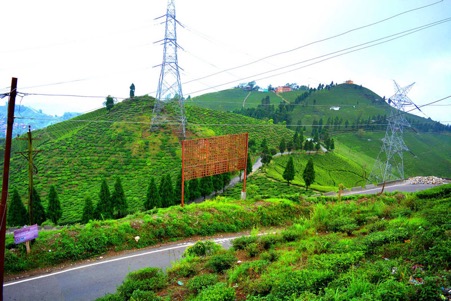
Photo by MithilaConnect, CC BY 2.0
- Distance Covered: 4 h 36 min (126.2 km).
- Places of Stay: Hotel Shangri-La Regency, Darjeeling and Hotel Saikripa, Gangtok.
- Bike Rentals: Adventures Unlimited and Darjeeling Riders. One way rental would cost more.
A trip to Darjeeling, that is sure to mesmerise your senses and get your adrenaline rushing through your veins, this trail offers a fantastic view of the mighty Himalayan mountains all throughout the surreal journey and the various cultures and religions you get to discover and explore along the way are unique and impressive in their own rights. Add to that the hospitality and warmth of the local people and what you have is a beautiful collection of memories and lovely experiences to take away.
9. Delhi To Nainital

Photo by Ekabhishek, CC BY-SA 3.0
- Distance Covered: 6 h 50 min (301.0 km).
- Places of Stay: Hotel Delhi Darbar, Delhi and Treebo Cloud 7, Nainital.
- Bike Rentals: Rentrip, Rent Set Go and Wheel Street. One way rental available.
The trip which starts from the enthralling capital and leads to the exquisite city of lakes via Corbett-Mukhteshwar is a journey filled challenges and thrills. The winding roads, orchards lining the sides of the trail and lavish woodlands filled with various types of flora are truly sights to behold.
10. Siliguri To Gangtok

Photo by Christopher J. Fynn, CC BY-SA 4.0
- Distance Covered: 3 hr 45 min (116.1 km)
- Place of Stay: Hotel Saikripa Gangtok and Hotel Sharda, Siliguri.
- Bike Rentals: Darjeeling Riders, Adventures Unlimited, Rentrip. One way rental available.
One of the most popular trails in the North-Eastern region of the country, the journey is quite challenging due to the steep route that is sure to test your skills. The astonishing culture present here is a lovely mix of both Hinduism and Buddhism.
So, what are you waiting for? Pick up your gear, choose the destination and set on a trail that challenges the biker in you. With the rush of adrenaline pumping through your body and the exquisite scenery you get the chance to visit, any journey you choose is sure to be unforgettable and full of lovely memories to take back home.
Guest Author Bio: Rohit is an adventure sports junkie and enthusiastic traveller residing in India. He enjoys writing content for Trans India Travels and hopes to inspire his readers to join him on the numerous trips he takes across the country.


